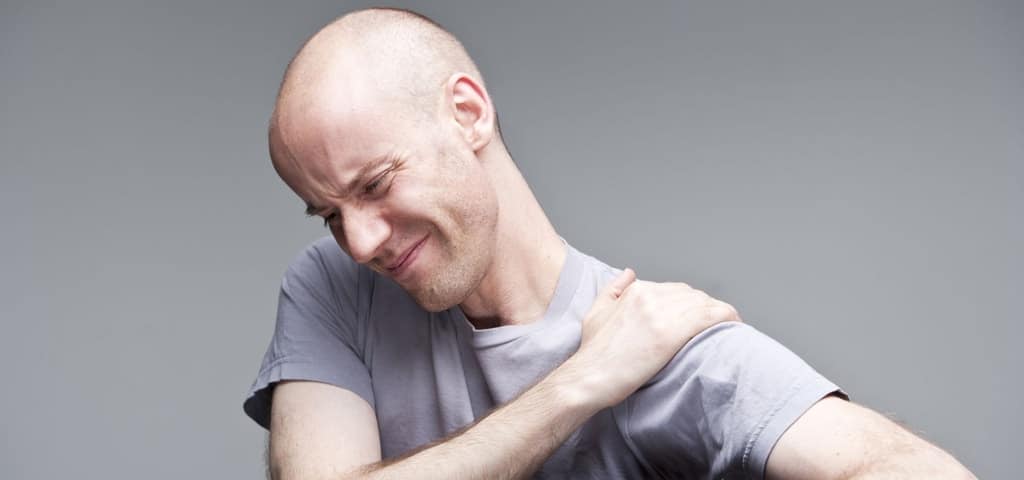Fractures in children are common in the age group between 1 year to 15 years. More common in boys than in girls because they are more naughty. The left upper extremity fracture seems to be common, as the left assumes the role of protection during the fall. In the lower limbs, fracture of the thigh bone (femur) and leg bone (Tibia and fibula) are common. In children, the fracture management is simple with plaster cast (recently the fiberglass) immobilization. The healing and remodeling potential is very high. However, whenever the child is brought to us with the fracture in the upper limb or lower limb, the first question the parents ask is, whether my child will become normal as before, whether there will be any deformity and any shortening etc. The answer is very simple, if it is treated by a well-trained Orthopaedic surgeon, complications will not occur. In our village setup, many parents take their children to native bone setter and then get into complications like deformity, shortening, neurological and vascular problems. Very commonly when the child falls from a cycle or while playing, he or she falls with the outstretched hand on the left side or right side. When this happens, the impact will be transmitted to the wrist, forearm bones, elbow, shoulder, and clavicle. The commonest fractures which we see are the "Greenstick" fracture of forearm bones and supracondylar fracture of the humerus above the elbow joint. Explore More: Liposuction sculpting your Body | Enthesopathy Greenstick Fracture: …

May 1, 2023
Common Fractures In Children
Book your appointment online
Our simple to use, online appointment process makes it easy for you to book for any one of our services and doctors.




